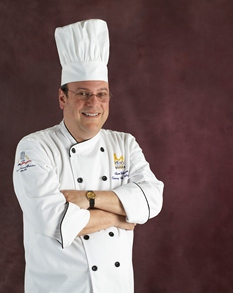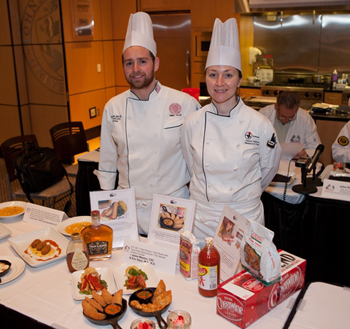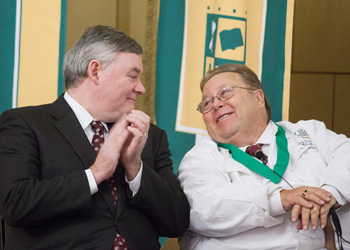Mayo’s Clinic: Encouraging Critical Thinking with Executive Summaries and Abstracts
Asking students to prepare abstracts or executive summaries of documents they have read encourages separating an article into its relevant parts, synthesizing information from various sections, and describing it in a clear and well-organized manner.
By Dr. Fred Mayo, CHE, CHT
Last month, we discussed the value of writing annotated bibliographies as a way to encourage students to read articles—both in scholarly journals and trade publications—and other documents critically. This month, we will discuss the merits of assigning executive summaries and abstracts as ways to encourage critical thinking.
Differences between Executive Summaries and Abstracts
Although both abstracts and executive summaries provide information about the article to which they are attached, they serve very different purposes.

 Says Chef Weiner, who will speak to this topic at the CAFÉ Leadership Conference in Miami in June, there are many benefits of person-to-person interaction that can’t be replicated by social networking.
Says Chef Weiner, who will speak to this topic at the CAFÉ Leadership Conference in Miami in June, there are many benefits of person-to-person interaction that can’t be replicated by social networking. The team of Eric Stein, MS, RD, CCE, a chef-instructor at the Kendall College School of Culinary Arts, and Jaime Mestan, CSC, a Kendall culinary alum (’08) and research chef at Ed Miniat, Inc., in South Holland, Ill., took second place, a silver medal and a cash award of $3,000 at the second-annual Professional Culinology® Competition, March 8 in Charlotte, N.C., held in conjunction with the Research Chefs Association’s (RCA) Annual Conference and Culinology Expo.
The team of Eric Stein, MS, RD, CCE, a chef-instructor at the Kendall College School of Culinary Arts, and Jaime Mestan, CSC, a Kendall culinary alum (’08) and research chef at Ed Miniat, Inc., in South Holland, Ill., took second place, a silver medal and a cash award of $3,000 at the second-annual Professional Culinology® Competition, March 8 in Charlotte, N.C., held in conjunction with the Research Chefs Association’s (RCA) Annual Conference and Culinology Expo. Frederic “Fritz” Sonnenschmidt, CMC, AAC, spent 34 years as a faculty member and dean of The Culinary Institute of America (CIA) before his retirement in 2002. More than a decade later, he returned to the college’s Hyde Park, N.Y., campus to deliver words of encouragement and inspiration to 69 recipients of associate degrees in culinary arts and baking and pastry arts.
Frederic “Fritz” Sonnenschmidt, CMC, AAC, spent 34 years as a faculty member and dean of The Culinary Institute of America (CIA) before his retirement in 2002. More than a decade later, he returned to the college’s Hyde Park, N.Y., campus to deliver words of encouragement and inspiration to 69 recipients of associate degrees in culinary arts and baking and pastry arts.